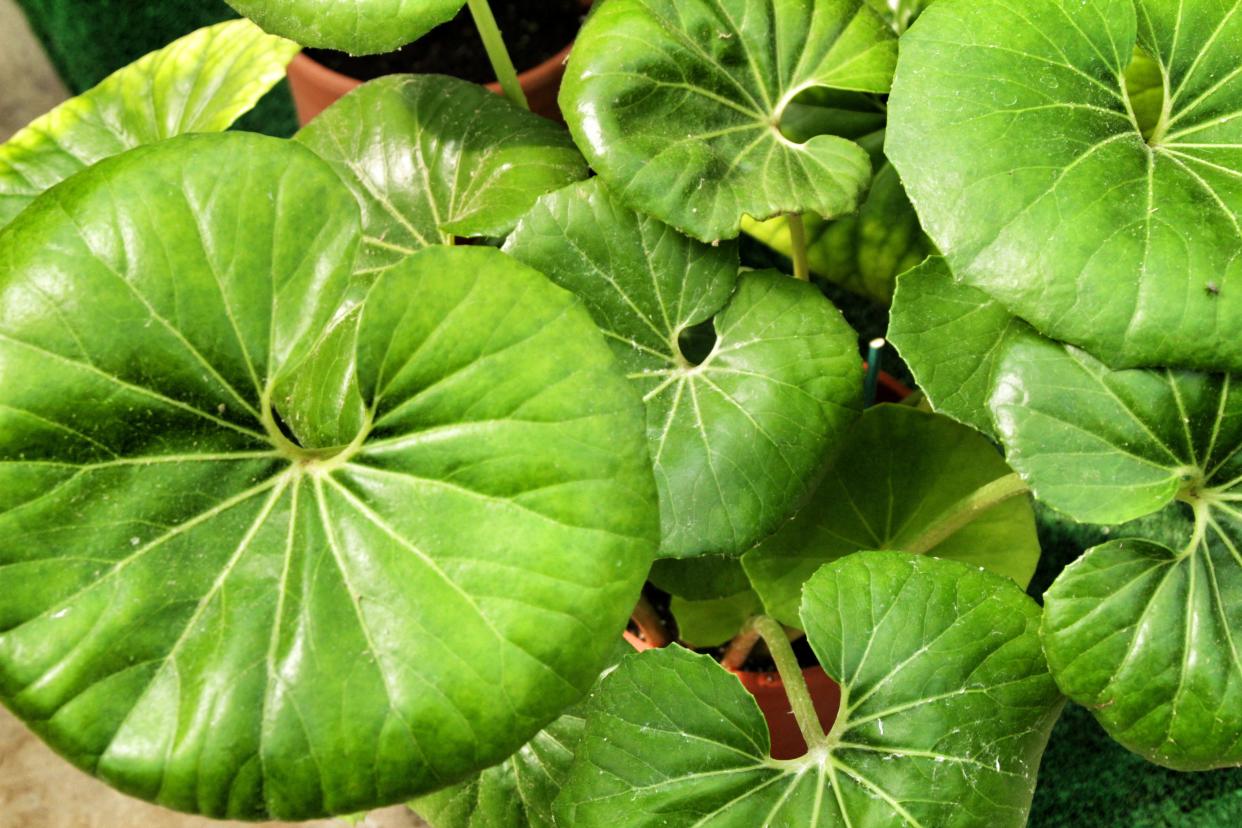CHARLES REYNOLDS: Leopard plants unusual groundcovers

Cold-hardy Asian plants used for groundcovers, especially in shade, bring to mind mondo grass, Liriope and dwarf jessamine. These wonderful species have been used for a long time — some for over a century. But other, very different plants are gradually replacing them in our landscapes, contributing wholly new shapes, textures and colors.
One of the best and most unusual is leopard plant (Farfugium japonica), available in a range of varieties. A distinctive species that grows up to 2 feet tall in shade, it features large, leathery, almost-circular leaves that are generally 6 to 10 inches across and resemble lily pads. Some varieties, however, can grow 16 inches wide and are jokingly called ‘’tractor seats.’’
Fully cold hardy and evergreen, leopard plants produce abundant clusters of daisy-like blossoms in autumn and winter. But these tall groundcovers would be striking even if they didn’t flower, because each glossy, pleated leaf spirals on its stem to form what looks like an overturned bowl. Included among varieties often found online are kinds with white or yellow markings — hence the ‘’leopard’’ name — as well as plants with leaves that boast frilly margins. Provide moist, mulched, organically enriched sites in shade. Propagate by dividing plants in spring.
Red Dragon is another tall flowering groundcover for shade in Central Florida. It’s a 2-foot-tall Chinese species (Persicaria microcephala) with spearhead-shaped leaves that flaunt green, red and silver colors, each presented in a triangular pattern. Native to China, Red Dragon is a clumping plant that’s at home in sun in cooler climes but demands dappled light here. Although plants are moderately cold hardy in the Deep South, hard freezes can cut plants to the ground — but recovery is rapid. In fact, some gardeners recommend mowing down plants in late winter to spur fresh spring growth.
In addition to its attractively variegated leaves and bright-red stems, Red Dragon produces loose sprays of small white flowers in summer and autumn. A sterile variety, this plant isn’t considered invasive: It spreads by rooting along recumbent stems, a habit obviously desirable for a groundcover. Provide organically enriched sites for this interesting perennial. Incidentally, don’t expect your Red Dragons to flaunt leaves as vividly marked as you might see in a catalog or online. Our shade-grown plants’ colors are generally muted. Propagate with warm-season divisions. Plants, often listed as Red Dragon knotweed, are available.
Charles Reynolds, a Winter Haven resident, has an associate’s degree in horticulture and is a member of Garden Writers Association of America. He can be reached at ballroom16@ aol.com
This article originally appeared on The Ledger: Cover new ground with Asian plants

